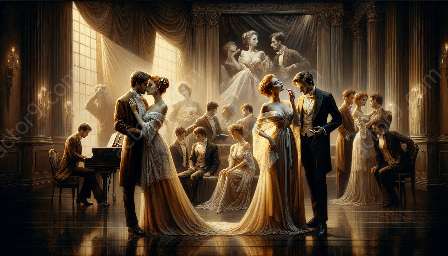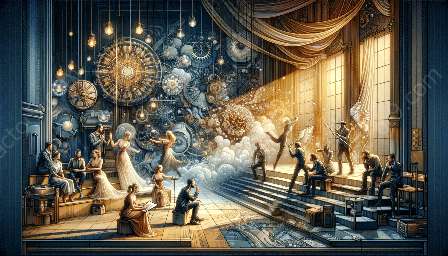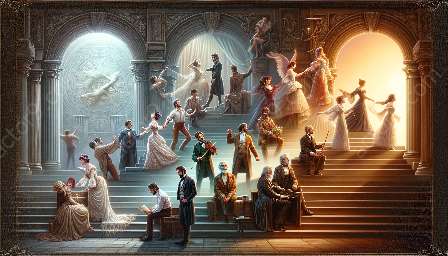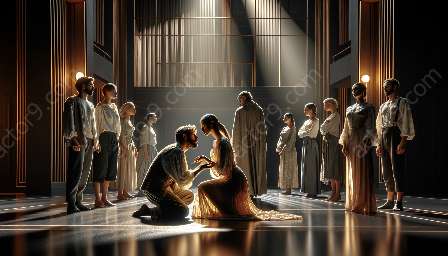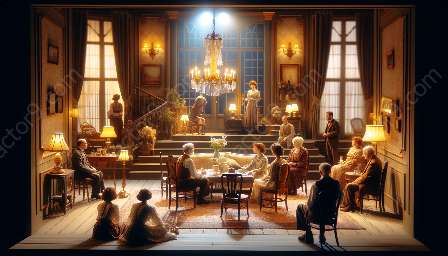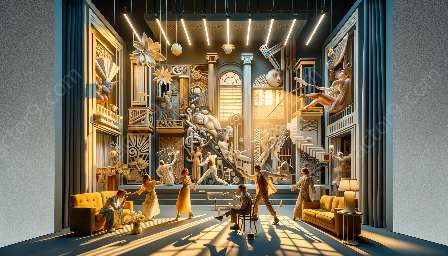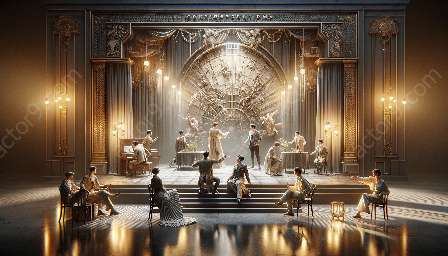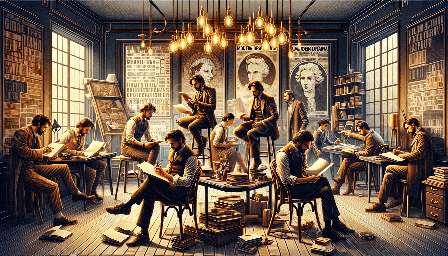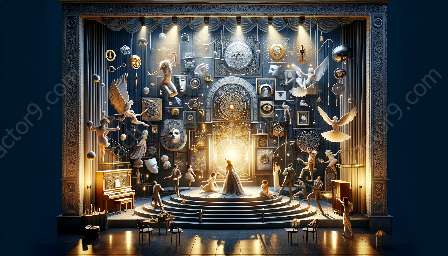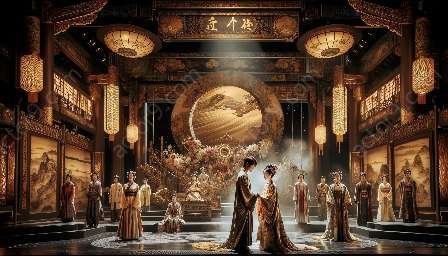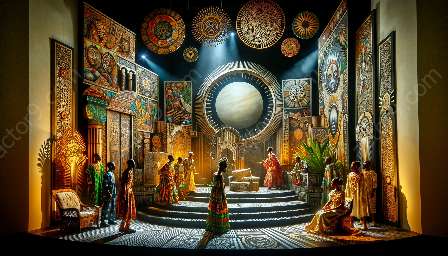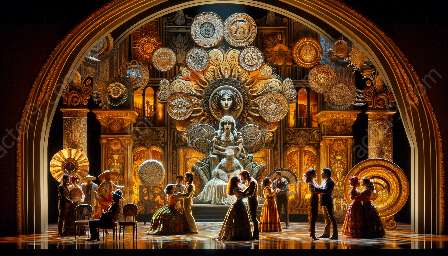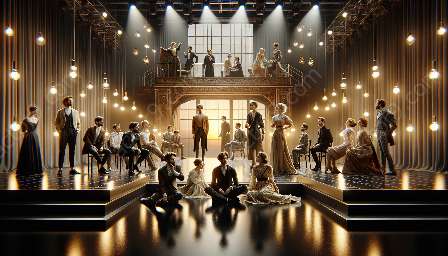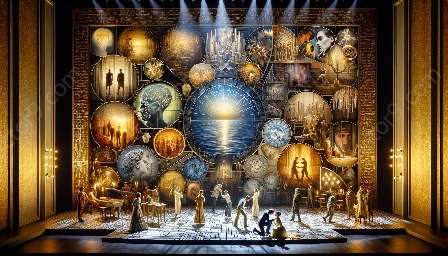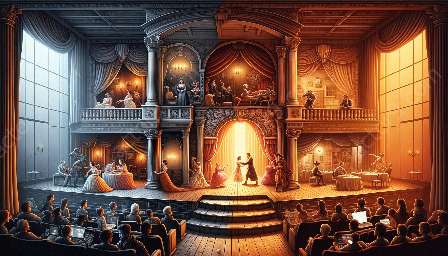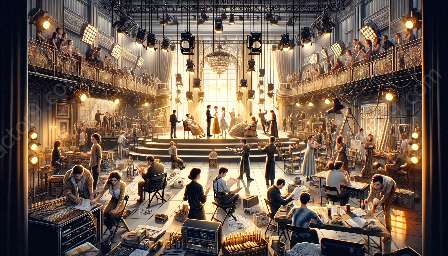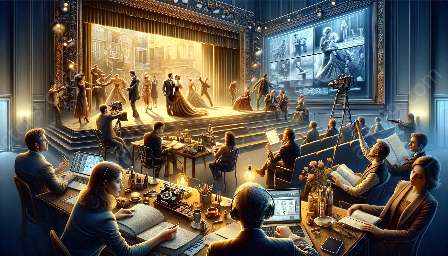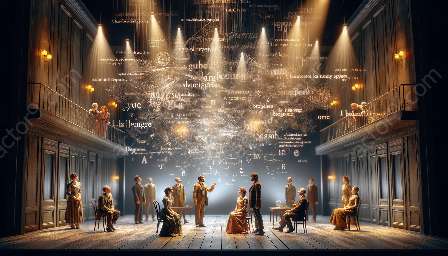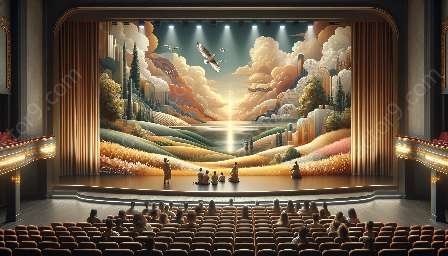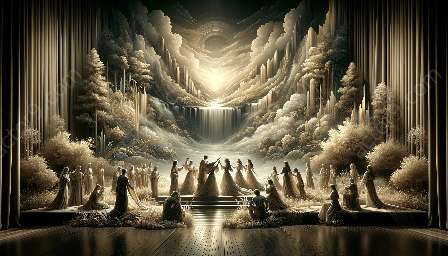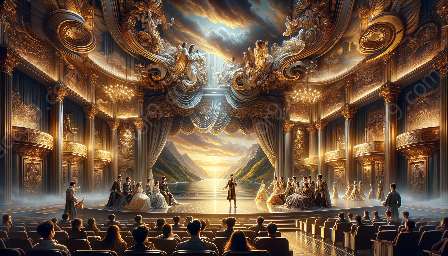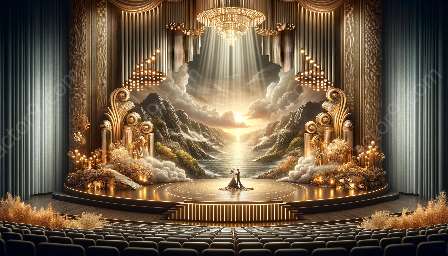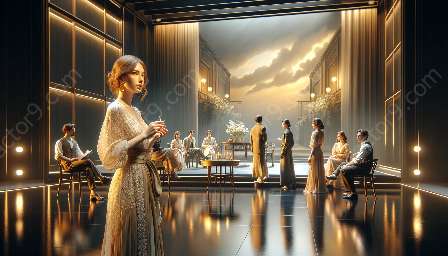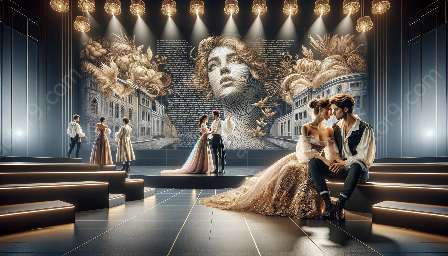Asian modern drama has experienced a significant evolution in the portrayal of gender and sexuality, reflecting changing societal norms and cultural perspectives. This evolution has been influenced by various artistic, social, and historical factors, shaping the representation of gender and sexuality in modern Asian drama.
The Historical Context
The portrayal of gender and sexuality in Asian modern drama can be traced back to the historical, social, and cultural dynamics of Asian societies. Traditionally, gender roles and expectations in Asian cultures were deeply rooted in Confucian values and hierarchical family structures. These traditional gender norms often dictated the representation of male and female characters in dramatic works, emphasizing obedience, duty, and honor.
As Asian societies began undergoing modernization and urbanization, the portrayal of gender and sexuality in drama started to reflect the changing roles and dynamics within society. The influence of Western ideologies and feminist movements also contributed to the reexamination of traditional gender constructs, prompting playwrights and directors to explore diverse and complex representations of gender and sexuality in their works.
Artistic Freedom and Expression
The evolution of gender and sexuality portrayal in Asian modern drama can be attributed to the increasing artistic freedom and expression within the theatrical landscape. Playwrights and directors have pushed boundaries, challenging societal norms and stereotypes through their creative interpretations of gender and sexuality. This artistic freedom has allowed for a more nuanced and multi-dimensional depiction of gender and sexuality, presenting characters who defy traditional gender binaries and explore diverse sexual identities.
Moreover, the emergence of LGBTQ+ voices and stories has played a pivotal role in reshaping the representation of sexuality in Asian modern drama. By advocating for inclusive narratives and authentic portrayal of queer experiences, playwrights and performers have contributed to a more inclusive and diverse theatrical landscape where issues of sexuality are openly explored and celebrated.
Social and Cultural Relevance
The portrayal of gender and sexuality in Asian modern drama has become increasingly relevant to contemporary social and cultural discourses. Issues such as gender equality, LGBTQ+ rights, and sexual identity have garnered greater attention and awareness, prompting playwrights and theater companies to engage with these themes in their productions. By addressing these pertinent social issues, Asian modern drama has become a platform for fostering dialogue and understanding around diverse gender and sexual identities.
Furthermore, the intersection of traditional cultural values and modern societal challenges has created a rich tapestry of narratives that weave together age-old traditions with contemporary perspectives on gender and sexuality. This intersectionality has brought forth compelling stories that resonate with diverse audiences, offering insight into the complex interplay between tradition and modernity in shaping individual identities and relationships.
Evolution of Representation
The evolution of gender and sexuality portrayal in Asian modern drama is evident in the diverse and evolving representations of characters and relationships on stage. Male and female characters are no longer confined to stereotypical roles; they are portrayed with greater depth, complexity, and agency, reflecting the multifaceted nature of human experiences. Furthermore, the portrayal of non-binary and gender-nonconforming characters has gained prominence, challenging traditional notions of gender and expanding the spectrum of representation within Asian modern drama.
Relationship dynamics, including romantic and familial relationships, have also undergone transformation, depicting a wider spectrum of intimate connections and exploring the nuances of love, desire, and identity. These evocative portrayals have provided audiences with a deeper understanding of the diverse expressions of gender and sexuality, fostering empathy and appreciation for the complexities of human experience.
Conclusion
In conclusion, the portrayal of gender and sexuality in Asian modern drama has evolved in response to a myriad of factors, including historical, artistic, social, and cultural influences. The representation of gender and sexuality has become more diverse, inclusive, and reflective of the complexities inherent in human identity and relationships. As Asian modern drama continues to evolve, it serves as a powerful medium for exploring and celebrating the rich tapestry of gender and sexual identities within Asian societies and beyond.

